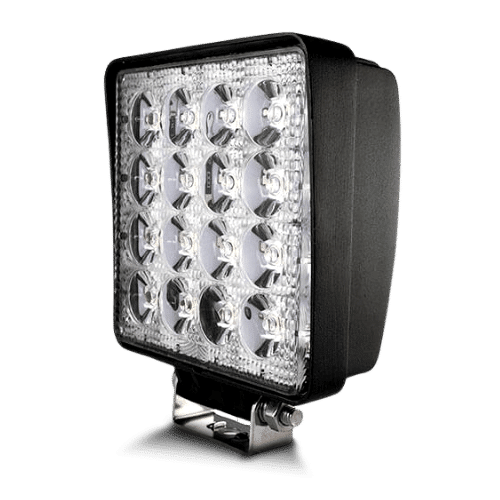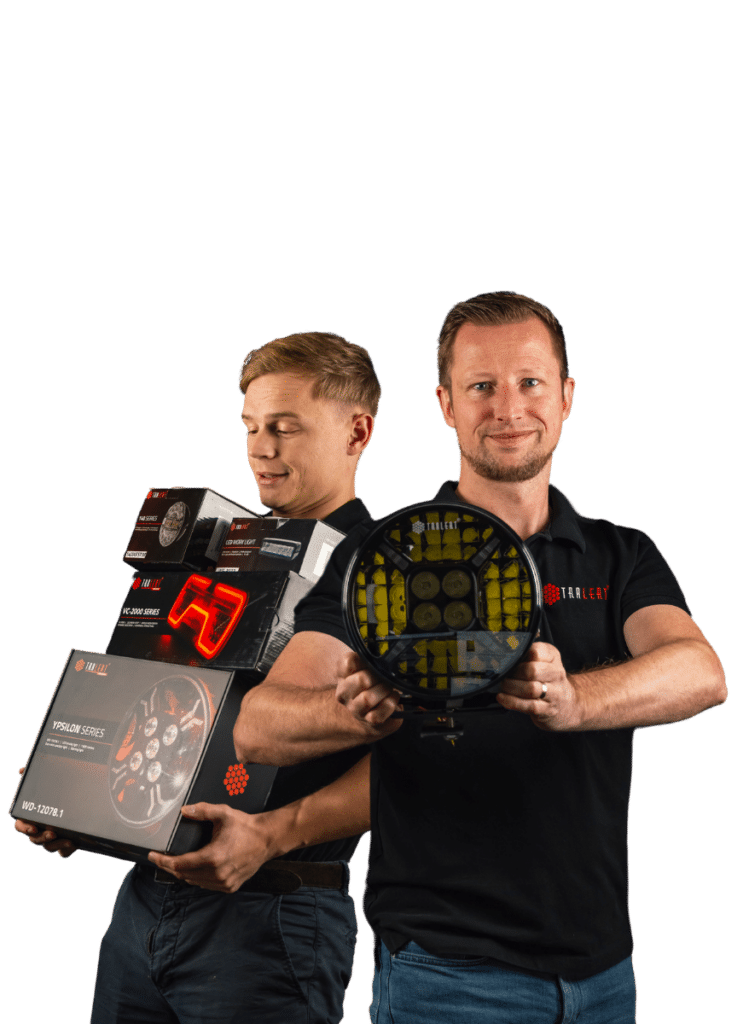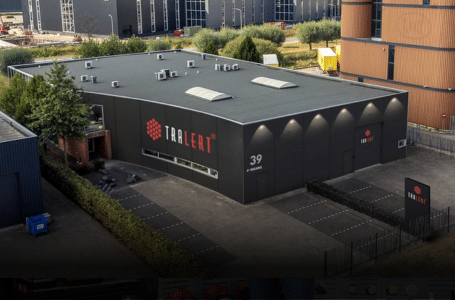How you experience your workspace is partially influenced by the way the lighting is set up. Various factors come into play, such as properly adjusting task lights, selecting the right location and height, and also choosing between a direct lens or an indirect lens in the lamp. All of these contribute to creating an evenly illuminated workspace. Naturally, during the day, you can take advantage of daylight, especially during the longer summer days. But in the evening, good lighting in the workspace remains important for both efficiency and safety.
Lamps use various techniques to distribute their light in the best way. What is considered pleasant for your specific situation may not be practical for someone else. In general, we talk about three types of light beams: direct, indirect, and diffused light.

A work lamp with a direct lens
In a work lamp with a direct lens, the LEDs shine directly onto the surface you are illuminating. Minimal or no filtering is applied in this case. The only form of filtering, which is practically negligible, comes from the translucent and untreated protective glass. Direct light has a clearly defined direction and is used to illuminate specific areas. This is also known as a spotlight. Light sources with a direct beam usually have a concentrated beam angle. Due to this concentrated beam angle, the risk of glare is highest. Directly looking into the lamp can, therefore, cause severe damage to your eyes.
An example of a worklight where the LEDs are directly placed is the TRALERT® optimus series. This powerful series of work lights has a very high lumen level with a specially developed Fish-Eye lens technology. By combining the directly positioned LEDs with this fish-eye lens, an extremely powerful light beam is created. The lens ensures that the light is distributed correctly.
You can observe the reverse effect by holding a magnifying glass in the sun and directing the beam of light onto a newspaper or another surface. At the correct angle and height, you can concentrate the sunlight so intensely that it can burn a hole in the newspaper. The operation of the fish-eye lens can be partially comparable, but in reverse form, where light is either concentrated or dispersed.
Featured direct beam LED worklightTRE303P0403: LED work light 48 Watt 2850 lumens in a relatively small housing
Equipped with a Deutsch connector
IP68 (Waterproof)
Compact and bright light display
Bekijk product |
 |
A work lamp with an indirect lens
In a work lamp where indirect light is applied, a special lens is used in 9 out of 10 cases. These lenses are designed to optimally disperse the light pattern and create a pleasant light beam. Take, for example, the TRSW12275FB lamp: here, the LEDs are not directly placed but arranged horizontally. The RFT lens is designed to distribute the light beam optimally through micro-mirrors. This makes the lamp suitable for various applications. What you find more comfortable is, of course, up to you. We invite you to test both lamps in our lighting space.
As a test of the sum, we have now had the TRSW12275FB underwater continuously for 3 years. To this day, the lamp works without any problems. On average, we get less than 1% return from this worklight, so this powerhouse may also be of interest to your vehicle.

Diffused light in working lights
Diffused light can often be found in lamps that incorporate frosted glass. Another term for frosted glass is 'the opal lens.' This is because the color of this glass closely resembles an opal stone. Because this lens is not transparent, the light is evenly distributed. The result is a uniform and filtered light pattern. As a result, the space is evenly illuminated everywhere.
Because diffused lighting has almost no shadow formations or reflections, this type of lighting is often used for reverse, decorative, or ambient lighting. Depending on the type of lamp and intended application, you can combine this type of lighting with direct or indirect lighting.

Choose the work light that suits you with TRALERT®.
Het juist toepassen van uw werkverlichting is belangrijk en dat weten we bij TRALERT® maar al te goed. Wij adviseren u graag en denken mee in hoe we uw voertuigen van goede, duurzame LED lampen kunt voorzien. Neem contact met ons op voor het beste advies. Onze specialisten en technische dienst helpen u graag. Bent u zelf een professional en weet u precies wat u nodig heeft? Bekijk dan ons dealerportaal voor het actuele aanbod werklampen.

